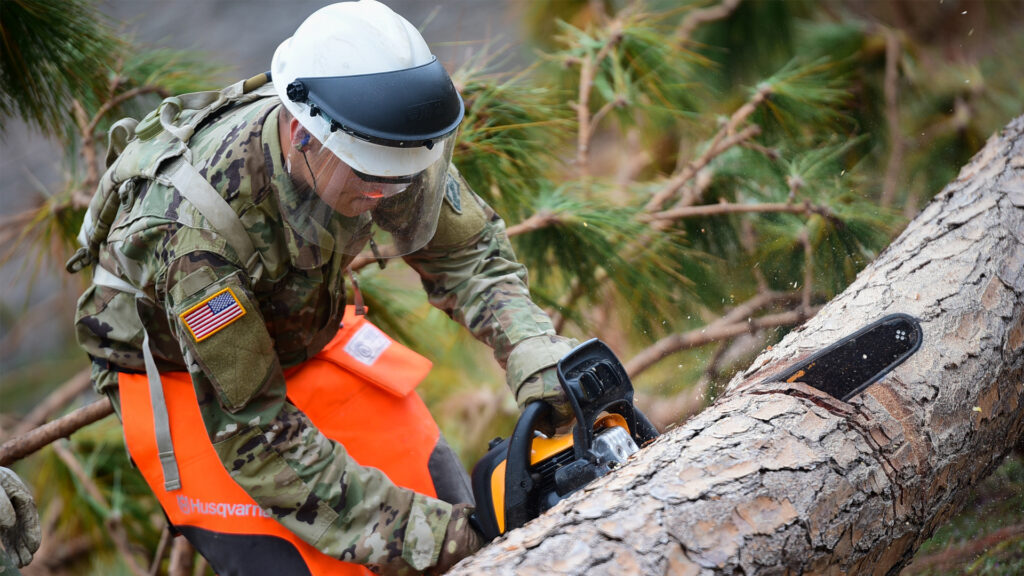A roundup of news items related to climate change and other environmental issues in Florida:
Tyndall AFB to climate change: Bring it. | E&E News

Last month, five of the most advanced combat aircraft in the world touched down for the first time at Tyndall Air Force Base in northwest Florida.
The arrival of the F-35A Lightning II fighter jets — which can break the sound barrier with speeds of 1,200 mph — marked the start of a new chapter for Tyndall, which was flattened five years ago by Hurricane Michael, a ferocious Category 5 storm.
It was also a significant milestone for the Defense Department, and perhaps a sign of things to come. The Pentagon is investing at least $5 billion to rebuild and harden Tyndall against hurricanes, one step in a broader mission to better prepare U.S. military facilities for climate disasters.
Climate change is un-burying graves. It’s an expensive, ‘traumatic,’ confounding problem. | USA Today
A delicate hand points heavenward on the carved headstone marking the grave of Sarah Ewen Stewart, “at rest” in her scenic island location on Florida’s Gulf Coast for more than 145 years.
The stone, tilted over time in the Cedar Key Cemetery, shows Sarah was born in 1809, at the dawn of the 19th century, when a flurry of inventions were about to launch the world’s industrial revolution. The first steam locomotive was patented in the U.S. the year she was born.
No one was talking about carbon dioxide or its role in warming the Earth’s atmosphere. And for much of Sarah’s life, carbon dioxide levels remained flat, historical reconstructions show.
Can harvesting Indian River Lagoon’s algae make a healthier river, good shoes, fuel or ink? | Florida Today
They might just be “skimming the surface,” but promoters of a novel way pulling harmful algae from the Indian River Lagoon say it’s off to a good start.
“One of the biggest problems in our state and throughout our country is harmful algal blooms,” Dan Levy, vice president and founder of AECOM’s Algae practice, said Wednesday just before a demonstration of a $1 million project to harvest the estuary’s excess algae. “We’ve been very effective in fresh water. Now we’re advancing.”
Algae produces about 70% of the Earth’s oxygen through photosynthesis, but in excess can become a killer. Harvesting that excess by barge has worked in fresh water lakes, in canals and near marinas. Now AECOM’s using almost $1 million in state grant money to prove their way works in our semi-salty lagoon at large.
If you have any news items of note that you think we should include in our next roundup, please email The Invading Sea Editor Nathan Crabbe at ncrabbe@fau.edu. Sign up for The Invading Sea newsletter by visiting here.



